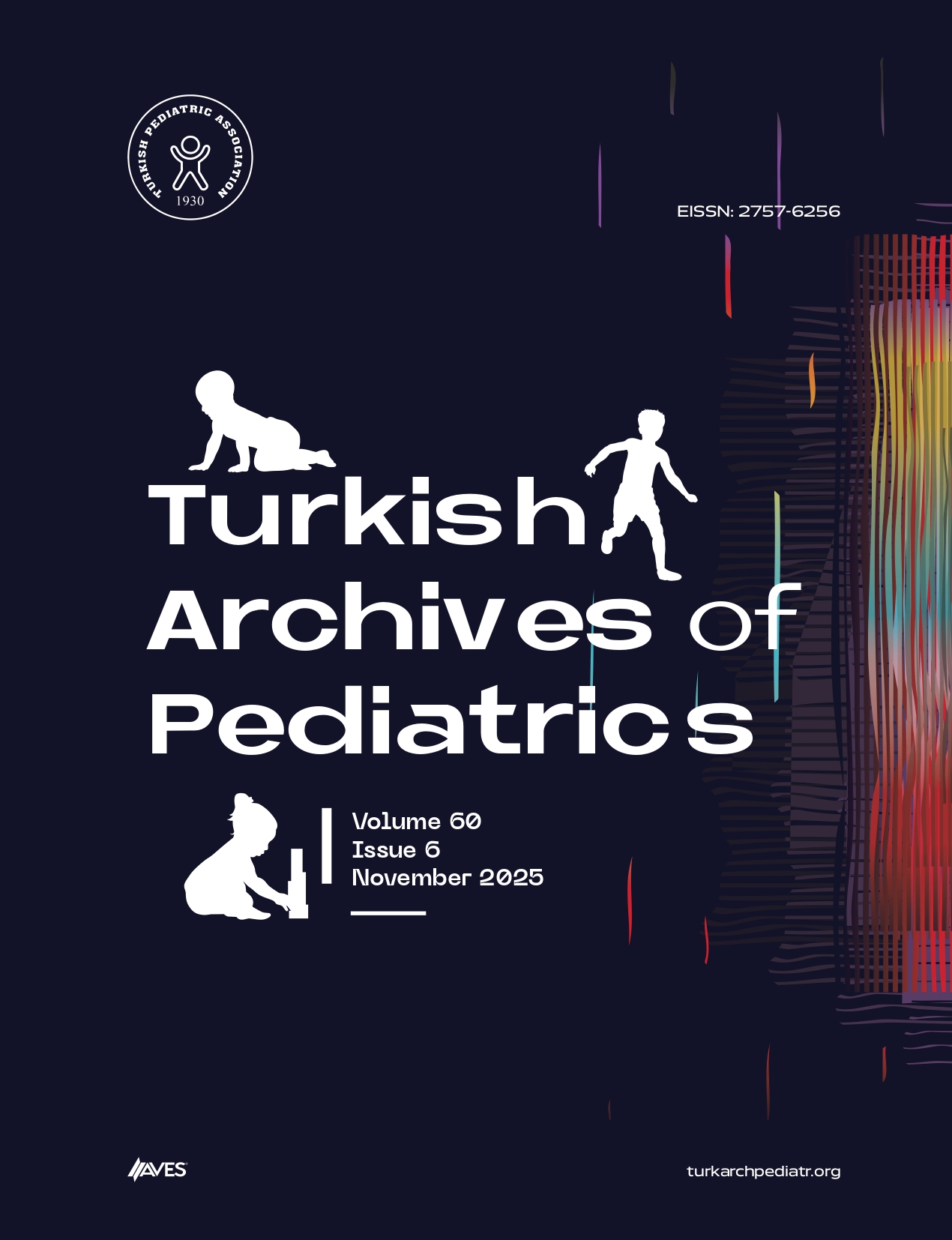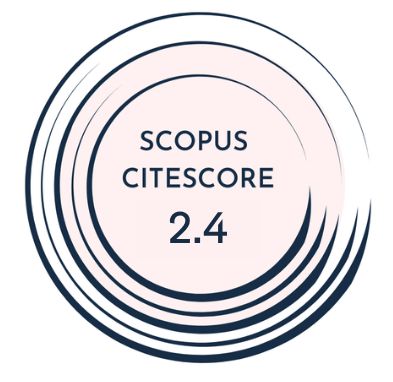Objective: The aim of this study is to evaluate how the frequent sugar and protein intake is
associated with the severity of plaque-induced gingivitis in children.
Materials and Methods: A cross-sectional study was conducted, involving 38 subjects (4-14
years) at a mean age of 8.5 ± 2.32 years with diagnosed plaque-induced gingivitis based on the Löe-Silness Gingival Index (GI) (0 < GI ≤ 3). The gingival status was assessed by the Silness Lőe Plaque Index (PLI), GI, and Papillary Bleeding Index by Saxer and Muhlemann. The nutritional status was established through an in-depth questionnaire on protein and sugar intake.
Results: The increased frequency of sugar consumption in children with plaque-induced
gingivitis is related to enhanced gingival inflammation. Higher values of PLI among the rep-
resentatives were established with frequent sugar intake (P = .04). Frequent dairy protein con-
sumption was associated with lower levels of PLI (P = .04). This index is indicative of the amount of accumulated dental plaque, which is the main etiological factor involved in plaque-induced gingivitis.
Conclusion: It can be concluded that uncontrolled sugar consumption in children was asso-
ciated with enhancement of the severity of plaque-induced gingivitis. Frequent dairy protein
intake has the potential to serve as an essential prevention strategy regarding the onset and
aggravation of plaque-induced gingival inflammation in childhood. A well-balanced diet, rich
in proteins and with restricted sugar intake, is considered a possible tool in the prevention and
control of plaque-induced gingivitis in childhood.
Cite this article as: Salim A, Angelova S, Roussev B, et al. Association between frequency of sugar and protein intake and severity of plaque-induced gingivitis in children. Turk Arch Pediatr. 2025;60(3):319-325.



.png)

